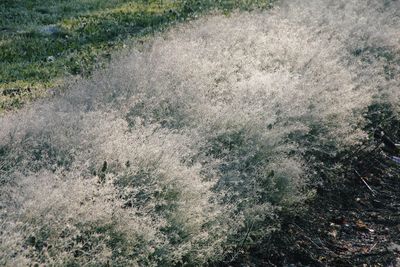About Russian Thistle Weeds
Russian thistle is a bushy annual forb that many Americans know as tumbleweed. It gets to three feet (1 m.) tall. Mature Russian thistle weeds break off at ground level and tumble across open lands, hence the common name associated with the plant. Since one Russian thistle can produce 250,000 seeds, you can imagine that the tumbling action spreads the seeds far and wide. The Russian thistle was brought to this country (South Dakota) by Russian immigrants. It is thought to have been mixed in contaminated flaxseed. It is a real problem in the American West since it accumulates toxic levels of nitrates that kill cattle and sheep using it for forage.
Managing Tumbleweeds
Managing tumbleweeds is difficult. The seeds tumble off the thistle and germinate even in very dry areas. Russian thistle weeds grow rapidly, making control of Russian thistle daunting. Burning, while a good solution for many other invasive plants, doesn’t work well for Russian thistle control. These weeds thrive on disturbed, burned out sites, and seeds spread to them as soon as mature thistles tumble over in the wind, which means other forms of Russian thistle control are necessary. Control of Russian thistle can be accomplished manually, by chemicals or by planting crops. If the thistle plants are young, you can do a good job of managing tumbleweeds by simply pulling the plants up by their roots before they seed. Mowing can be a helpful means of Russian thistle control if done just as the plant blooms. Some herbicides are effective against Russian thistle. These include 2,4-D, dicamba, or glyphosate. While the first two are selective herbicides that generally don’t injure grasses, glyphosate injures or kills most vegetation it comes into contact with, so it is not a safe means of control of Russian thistle. The best control of Russian thistle does not involve chemicals. It is replanting infested areas with other plants. If you keep fields full of healthy crops, you prevent the establishment of Russian thistle. Note: Any recommendations pertaining to the use of chemicals are for informational purposes only. Specific brand names or commercial products or services do not imply endorsement. Chemical control should only be used as a last resort, as organic approaches are safer and more environmentally friendly.
